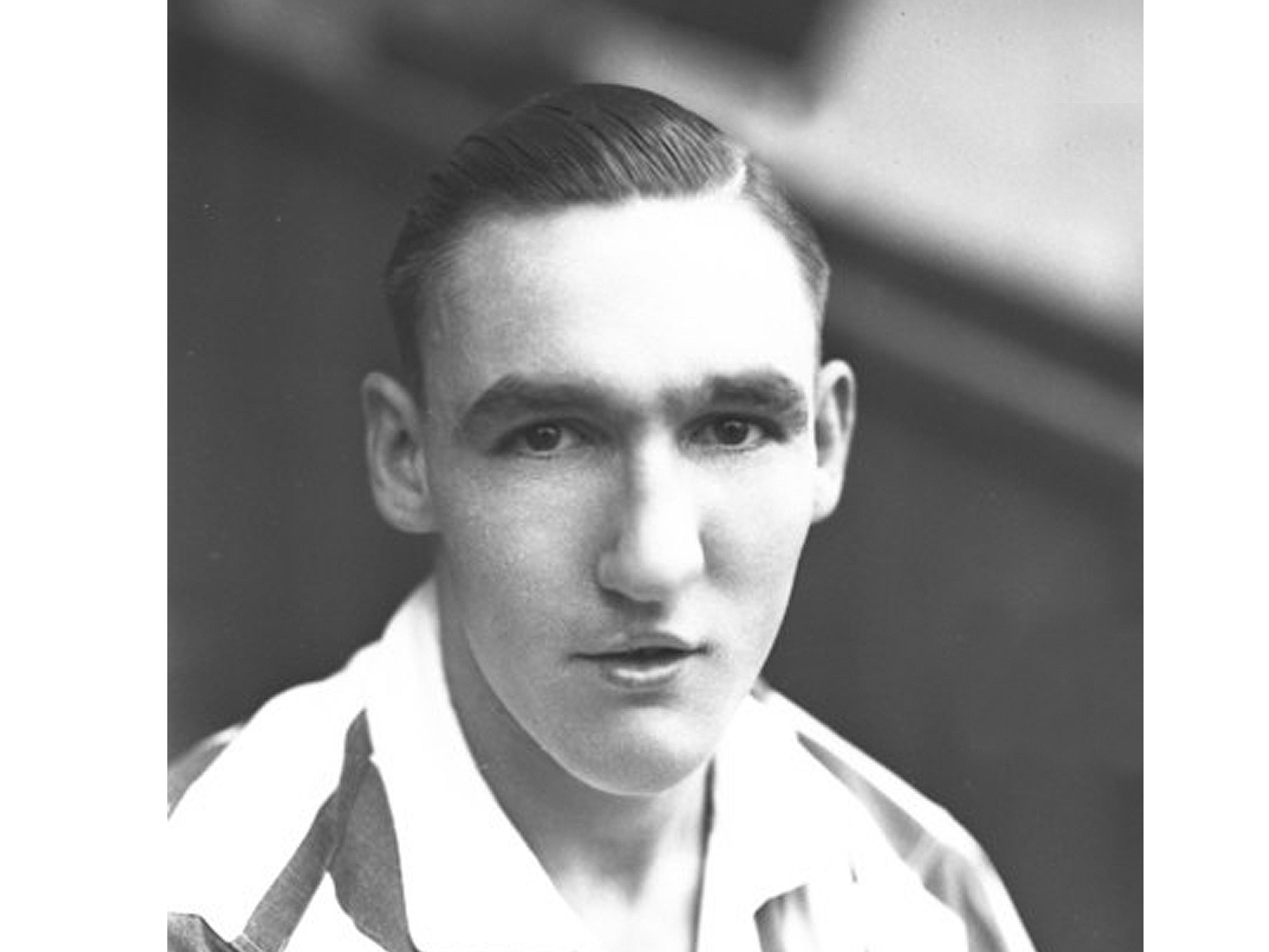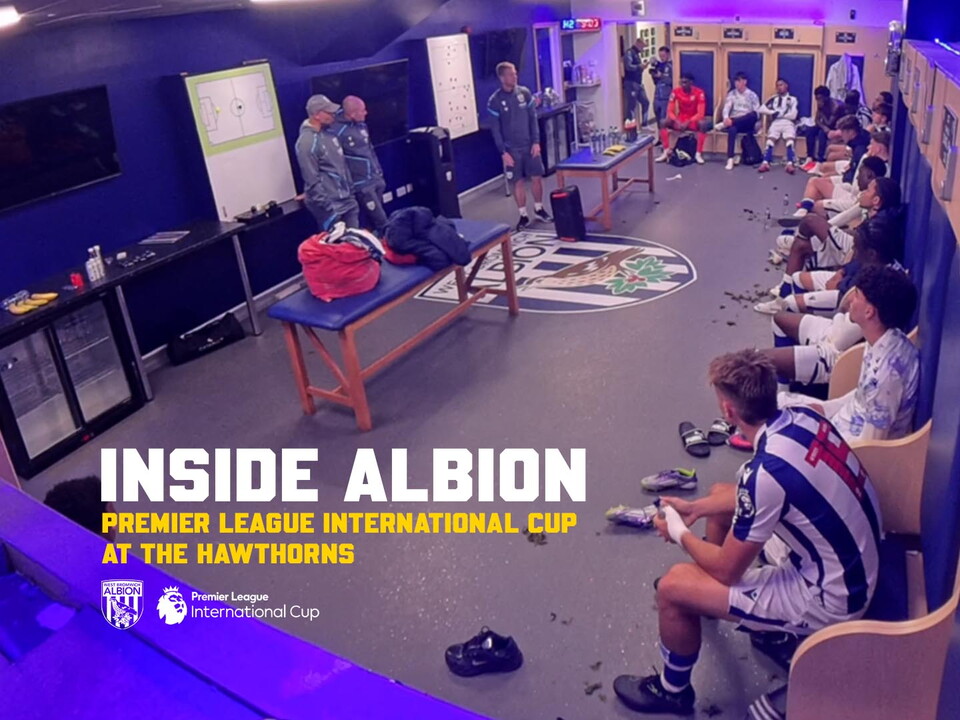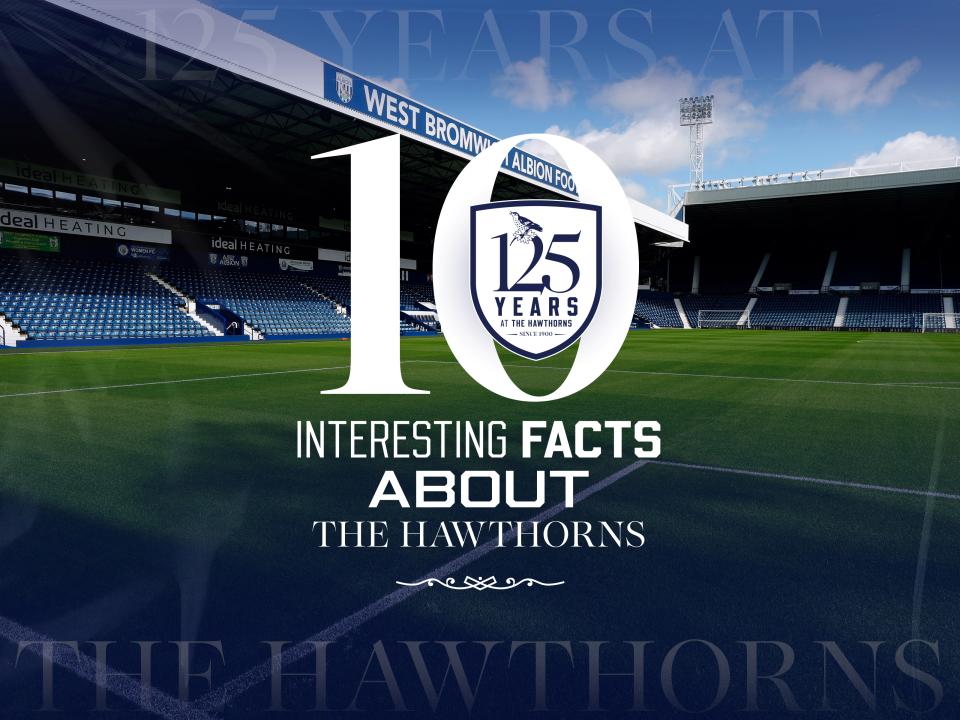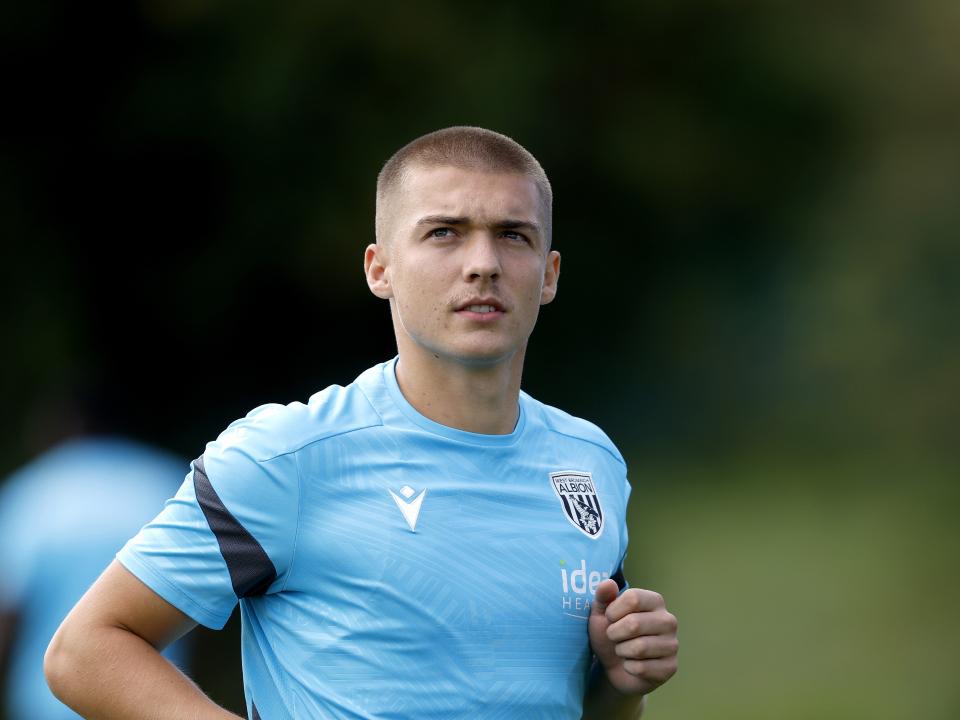Club Historian Dave Bowler recounts the remarkable tale of former Baggies defender, Harold White....
Two sets of three initials tell the story of the incredible young life of Harold White.
The first, as you would expect, is WBA.
The other, perhaps rather more surprising, is SAS.
For Harold White, full-back to the gentry in his pre-WW2 days at The Hawthorns, went on to become something of an attacker in his military career, forming part of the original strength of the SAS, ‘L’ Detachment, Special Air Service Brigade.
We’ll return to Harold’s stunning military career shortly, but first things first, the Albion. Born in Wednesbury on June 16th 1916, Harold began in local football, playing for Wednesbury Shaft Juniors, the works team for the Patent Shaft & Axletree Company that used to dominate the town, providing employment for a great percentage of Wednesbury’s population.
Harold showed plenty of aptitude for the game, joining Darlaston in 1935 before attracting the attention of the Albion. He signed on at The Hawthorns in September 1937, a transfer fee of £125 passing to Darlaston, just in time for the start of the 1937/38 season.
He made his debut as a pro against his old club in the Birmingham Combination on September 20th, but he was, “Unlucky enough to sustain an injury, which rather hampered him.” Nonetheless, he quickly won rave reviews in the Albion News as, “White and Ridyard were outstanding in a capable rearguard” against Cheltenham Town, again in the Birmingham Combination. He was soon playing in Albion’s powerful Central League outfit, and ended that 1937/38 campaign as a player with a real future with the Throstles. In that, he was a rare light in the darkness, for Albion ended the season relegated from the First Division.
Harold started the new season in promising nick in the Central League, and his big chance was about to come. The Throstles won three of the first four games of the new season, but Albion News noted that in the 5-2 win over Newcastle United, “Bassett was the weak link in our defence and threw a lot of extra work on Sankey and Shaw.”
Harold’s time had come and on September 10th 1938, he made his first team debut in a game against Sheffield United at The Hawthorns, replacing Bassett at right-back. Albion slipped to a 4-3 defeat but the Albion News had a ringing endorsement of the new man. “The League debut of White at right-back created a favourable impression. He still has much to learn about positional play which only experience can teach him, but he tackled well and kicked a good length.”
Once in the side, he learnt quickly and made himself a regular. Within a month, the programme was commending him for being “resourceful under pressure”. Harold had a run of 30 league and cup matches uninterrupted until injury ruled him out in mid-March. After two games on the sidelines though, he was back in harness as soon as he was fit, seeing out the rest of the campaign.
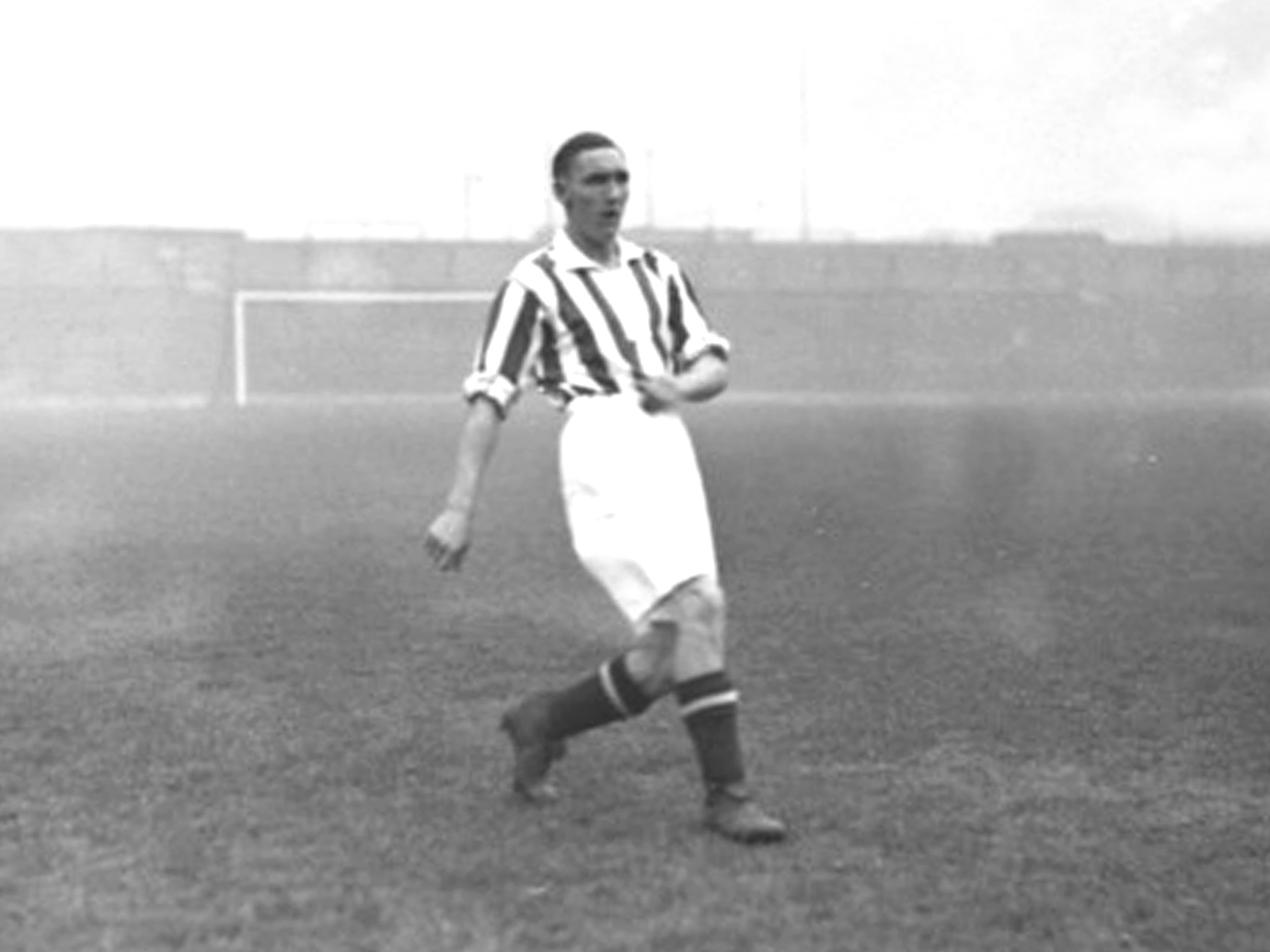
By season’s end, Harold had played 36 league games and three more in the FA Cup, and while it had been a pretty middling season for the Throstles, finishing 10th in the Second Division, he had established himself as first choice right back, without a question.
On the opening of the 1939/40 season, there he was again, ensconced in the right-back berth, playing the first three games of the season, the games that never were. As soon as war was declared on September 3rd 1939, the Football League was mothballed, those games rendered null and void, scratched from the record books. Football did continue of course, regional leagues taking the place of the national game and White continued to play. “He has made rapid strides in more senses than one”, was the Albion News verdict on his play.
In February 1940, the programme noted that, “There was some surprise when it was announced that Harold White, our full-back, was in the army, as there was no intimation of his having been called upon to register for service. As a matter of fact, he enlisted before there was any need for him to do so. He preferred to go voluntarily because it enabled him to make his choice of the arm of the forces he would enter.
“White has joined the RASC, but as he is stationed ‘somewhere in the Midlands’ at present, his services have continued to be available for Saturday matches. How long this will be the case is, of course, uncertain.”
Harold was soon off to play on the international stage.
Having enlisted with the Royal Army Service Corps in January 1940, Harold soon transferred to the Commandos. He saw action in Crete and was among the last handful of troops to evacuate the island at the start of June 1941. That allowed him to become a founding member of one of the most celebrated regiments in the British Army.
In July 1941, the Special Air Service Brigade was instituted under the command of Captain David Stirling as part of the war in the North African desert, a war that Rommel was winning for the Germans.
A tiny force of hand picked men from No. 7 and No. 8 Commando, later to be joined by an equally select group from No. 62 Commando, they set about a very different kind of warfare, operating behind enemy lines.
On September 1st 1941, L Detachment became the first SAS regiment and full-scale training was underway at the Kabrit training camp in the Suez Canal Zone. Four days later, Harold arrived to begin his own training. Training was conducted by Sergeant Jim Almonds and, as was the wont of the SAS, it was both ferocious and unconventional, built upon the demands of being light on your feet and the ability to survive behind enemy lines.
Their first operation was Operation Squatter, a disaster that saw just 22 men return from the mission after they tried to parachute during tremendous thunderstorms. That lead to the SAS’ predilection for being transported by trucks in future.

More successful times were ahead and in December 1941, Harold was part of a small group of nine men led by Captain Paddy Mayne that was sent to attack the Tamet Aerodrome in Libya. Breaking into the airfield under cover of darkness, the unit attacked the officers’ mess, killing a number of German and Italian personnel before destroying 24 aircraft, along with fuel tanks, an ammunition dump and telegraph poles.
Such was his gallantry in the action, Harold was awarded the Military Medal for his actions. The citation, signed by Stirling, read, “This NCO [non-commissioned officer] has taken part in five raids and has himself destroyed more than 20 aircraft.
“During the second raid on Tamet Aerodrome, this NCO carried on with his task while visible to the enemy and under heavy fire from automatic weapons. He succeeded in eventually shooting his way out from a position in which he was apparently hopelessly surrounded.
“It is requested that no details of these operations should be published owing to their secrecy.”
The medal was conferred on him in early 1942, by which time he had been wounded. On March 14th 1942, the Birmingham Gazette noted that he had written home to tell his parent of the award of the medal and that while he was in hospital, he was recovering well and would soon be back on duty.
He was as good as his word for in July 1943, he was part of the landings on Sicily. A brief return to the UK for special training in Scotland followed and Harold was then part of A Squadron of the SAS which worked with the French Resistance in Operation Houndsworth following the D-Day landings between June and September 1944. That operation was responsible for blowing up 22 rail lines, providing arms for 3,000 members of the Resistance, killing or wounding over 200 German soldiers, recapturing 132 prisoners of war and identifying 30 targets for Allied bombers to attack.
When the war was finally won, 154976 Sgt White, H. was finally discharged from the 1st SAS Regiment and returned to civilian life, though not before he had returned to football. Stationed in Hereford and awaiting demobilisation, with Hereford United short of players, Harold was prevailed upon to play for them in an FA Cup 1st Qualifying Round tie. He was a little less successful against Moor Green than he had been against the Nazis, Hereford losing 8-0.
The rigours of the war had taken their toll on Harold, and at the age of 30 when the Football League resumed in August 1946, he was no longer up to the task of playing Second Division football, retiring from the game.
It’s a rare thing when people as one-eyed as football supporters can say that someone playing for their football club was only the second most incredible thing that they did in their life.
In the case of Harold White though, it’s not really an argument is it?
*With thanks to Harold’s family and to Mark Whitehouse for their help in compiling this article.
